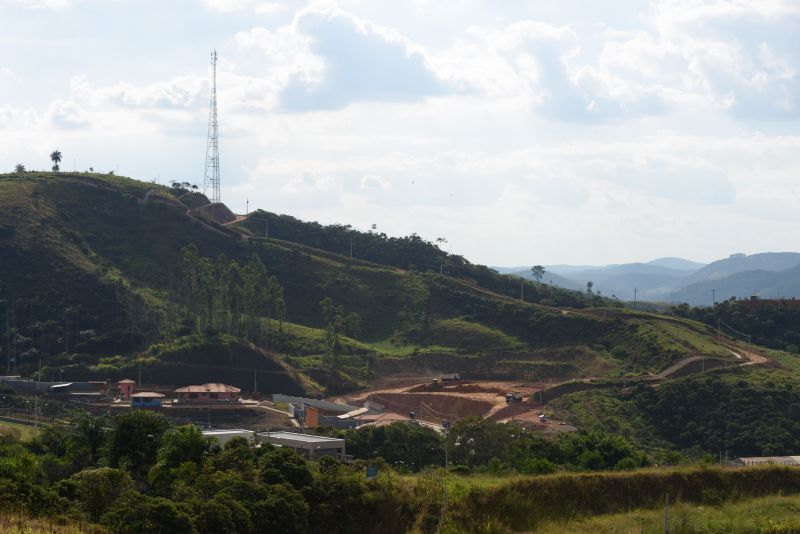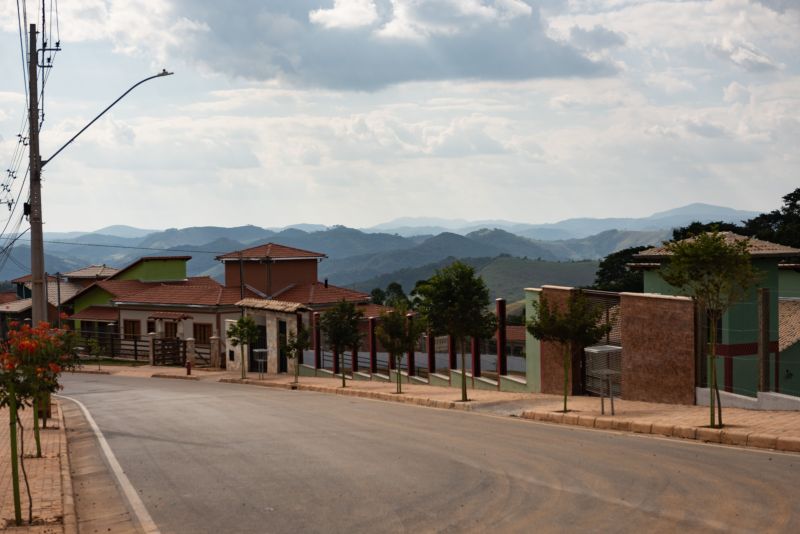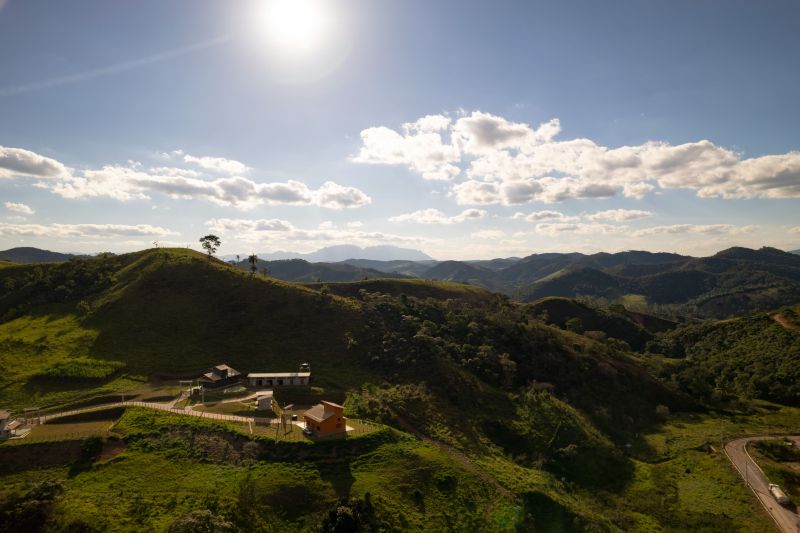On November 5, 2015, the world watched in horror as the collapse of the Mariana dam unleashed a torrent of devastation, spilling millions of cubic meters of toxic waste into the idyllic landscape of Minas Gerais, Brazil. The ensuing disaster, one of the largest environmental catastrophes in the nations history, not only ravaged the local ecosystem but also sent shockwaves through the fabric of regional politics.
As communities struggled to grapple with the immediate aftermath, the event ignited a fierce debate over accountability, governance, and the role of corporate power in politics. In the following years, the Mariana dam disaster would serve as a catalyst for change, prompting citizens to demand greater transparency and stronger regulations from their leaders.
Amid lingering tensions and calls for justice, the political landscape began to shift, revealing the deep interconnections between environmental stewardship and community resilience. This article delves into the profound implications of the dam disaster on local politics, exploring how a tragedy spurred a movement for reform and accountability that continues to resonate throughout the region today.
Understanding the Mariana Dam Collapse

The Mariana Dam Collapse, a catastrophic event that shook not only the landscape but also the very fabric of local governance, serves as a harrowing reminder of the consequences of negligence and corporate disregard for safety. On that fateful day, the dam gave way, unleashing a torrent of water and toxic sludge that swept through communities, obliterating homes and livelihoods in its path.
The immediate aftermath was chaotic; search and rescue operations were hindered by the sheer scale of destruction, while survivors struggled to comprehend the enormity of their loss. In the weeks that followed, as the water receded and the mud settled, the fury of the affected populace became palpable.
Anger directed at both the company responsible and the local officials who had failed to adequately regulate industry practices transformed into a political wildfire, igniting discussions around accountability, environmental protection, and the need for governmental reform. The Paracatu de Baixo resettlement has since become a critical part of these recovery efforts, highlighting the need for sustainable solutions to rebuild shattered communities. The Mariana disaster was not solely an environmental calamity; it became a watershed moment that catalyzed a broader movement for change within the community, challenging established power structures and demanding a reckoning with the past
Immediate Political Repercussions: Changes in Local Governance

The Mariana dam disaster unleashed a wave of immediate political repercussions, radically transforming local governance in ways that echoed through communities and institutions alike. In the aftermath of the catastrophic breach, calls for accountability reverberated within the corridors of power, compelling elected officials to face a scrutiny they had previously evaded.
This seismic event sparked a critical re-evaluation of regulatory frameworks, prompting municipal leaders to implement stringent oversight measures aimed at preventing similar tragedies. Citizens, emboldened by their collective mourning and anger, began to demand transparency and participation in decision-making processes, thus reshaping the political landscape to be more inclusive and responsive. Amidst this upheaval, new grassroots movements emerged, driven by activists advocating for environmental justice and corporate accountability, wielding influence that challenged traditional political structures and exposed the fragility of longstanding power dynamics in the region.
Local governance, once dominated by a few, suddenly found itself at the mercy of a public unwilling to be silent in the face of disaster.
Legislative Responses: New Policies and Regulations Post-Disaster

In the wake of the Mariana dam disaster, a wave of legislative responses swept through the local government, reshaping policies that had long been stagnant. Lawmakers, galvanized by public outrage and environmental concerns, initiated a comprehensive review of existing regulations governing dam safety and mineral extraction.
This led to the implementation of stricter oversight measures, mandating regular inspections and robust contingency planning for at-risk infrastructures. Additionally, the introduction of community involvement in decision-making processes marked a significant shift—residents were no longer passive observers, but active participants in crafting policies designed to safeguard their environment.
There was an urgent call for transparency, leading to mandatory public report disclosures, which allowed citizens to scrutinize the decision-making processes of corporations and government bodies alike. As a result, these new policies not only aimed to prevent future disasters but also fostered a renewed sense of accountability among those in power—a response that would echo in local political arenas for years to come.
Conclusion
In conclusion, the Mariana dam disaster not only highlighted the grave environmental and human consequences of corporate negligence but also catalyzed a significant shift in local politics. The tragedy served as a wake-up call for both residents and policymakers, prompting a reevaluation of regulatory frameworks and community engagement. As seen in the resettlement of Paracatu de Baixo, where affected residents were forced to navigate the complexities of displacement and recovery, community voices became paramount in shaping a more equitable and environmentally conscious governance structure.
This disaster ignited a movement towards greater accountability and transparency, demonstrating that the empowerment of local populations can lead to meaningful change in the face of adversity. The lessons learned from Mariana will undoubtedly influence future political dynamics, making it clear that the priority must be the protection of people and their environments over corporate interests.


